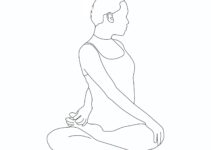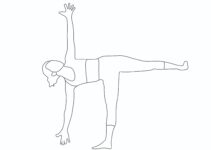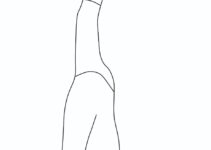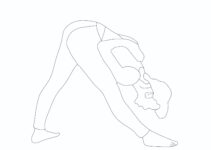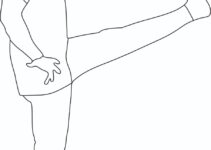What is Janu Sirsasana (Head to Knee Pose)?
Janu Sirsasana (Head to knee forward bend pose ) wherein Janu means ‘Knee’, Sirsa means ‘head’, and asana indicates ‘pose’. Janu Sirsasana is a sitting yoga pose known for many significant health benefits due to its adequate stretching and twisting. This yoga pose is not only about stretching, compressing and twisting your body; it calms your mind and body. If we discuss the anatomy of the head-to-knee forward bend pose, the neck, lower back, hips, and hamstrings experience adequate extension.
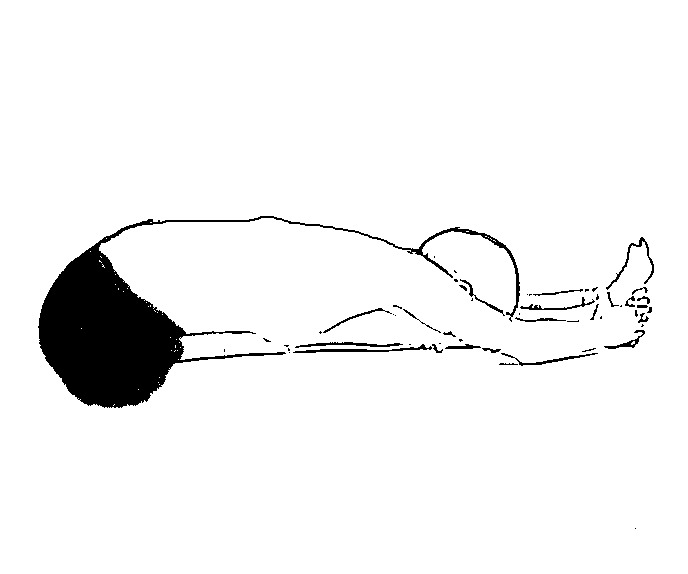
Different names of Janu Sirsasana
- Head-on-knee pose
- Head-to-knee forward bend
- Seated head-to-knee pose
- Head on knee forward bend
Precautions
- While performing the pose, pelvic muscles followed by spinal muscles should be used.
- Better to elevate your pelvis by using a blanket or pillow.
- Appropriate stretching is desired while performing the pose to avoid injury.
- Any aggression shouldn’t be in the pose as it may create injury.
- While performing the pose, try to make your spine straight.
- One should feel stretching in the muscles instead of pain.
Contraindications and Limitations
The people with the following conditions shouldn’t do Janu Sirsasana.
- Asthma
- Diarrhoea
- Knee injury
- Lower back injury
- Lumber disc herniation
Preparatory pose
- Adho Mukha Svanasana (Downward Facing Dog Pose)
- Baddha Konasana (Bound Angle Pose)
- Uttanasana (Standing Forward Bend)
- Tree Pose
How to do Janu Sirsasana Step by step
- Sit in Dandasana.
- Bend your right leg and touch the sole of the right leg to the perineum while keeping the left leg straight and stretched.
- Inhale; raise both your hands overhead.
- Exhale and bend forward; try to grasp your left leg toes with your hands.
- Do more exhalation, bend your body towards the left leg knee and ensure to touch the nose with the left knee.
- Maintain this position initially for 20-30 seconds with normal breathing.
- Inhale; bring your head up and arms overhead.
- Exhale, bring your hands to the sides of your body and relax.
- The same procedure can be repeated with your right leg.
Follow-up poses
- Setu Bandhasana
- Supta Vajrasana
Modifications and Variations
These props and modifications will help you to bend forward, especially the beginners.
- Strap: Wrap a yoga strap below the stretched right leg toes. By doing this, the hamstring and spine will experience suitable stretching and facilitate forward bending.
- Cushion: Placing a cushion under the knee of the folded leg also helps in doing the pose.
- Blanket: Placing a blanket under the hips also helps forward bending by preventing the rounding of the lower back.
Janu Sirsasana benefits
- Known as flexibility yoga: It provides adequate stretching to the hips, hamstrings, groins, neck and shoulder, thus making muscles stronger.
- Improves digestion: During the practice of the pose, the abdominal region experiences enormous pressure on the organs. Consequently, it ensures better hormones and acid production.
- Stimulates the reproductive organs: It gives suitable massage to the ovary, testes, kidney, uterus, etc. Thus, it helps to balance hormonal equations and detoxifies the body.
- Improves posture: Those who do prolonged sitting work experience postural defects. The practice of the pose helps to correct this.
- Removes fatigue: It calms the mind and body and helps to combat depression and fatigue.
Top facts about Janu Sirsasana
- It is pronounced as JAH-new shear-SHAHS-anna.
- It is one of the best yoga poses to stretch the hamstrings and groin regions.
- The pose helps to overcome stiffness and leads you towards a toned body.
- It’s forward-fold yoga.
- It targets the lower body.
Beginners’ tip
It is difficult for the beginner to do the pose technically correctly as it involves immense stretching, twisting and compressing. However, one should try to bend forward as per one’s capacity. Never try to touch the nose with your knee in the initial phase. If you feel pain doing this, come out of the pose.

